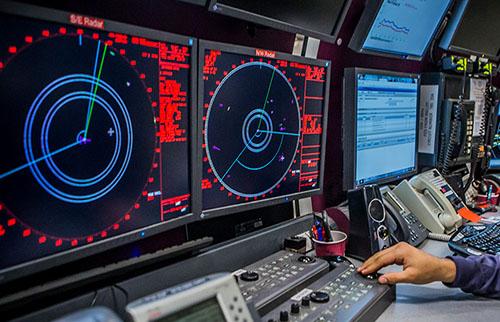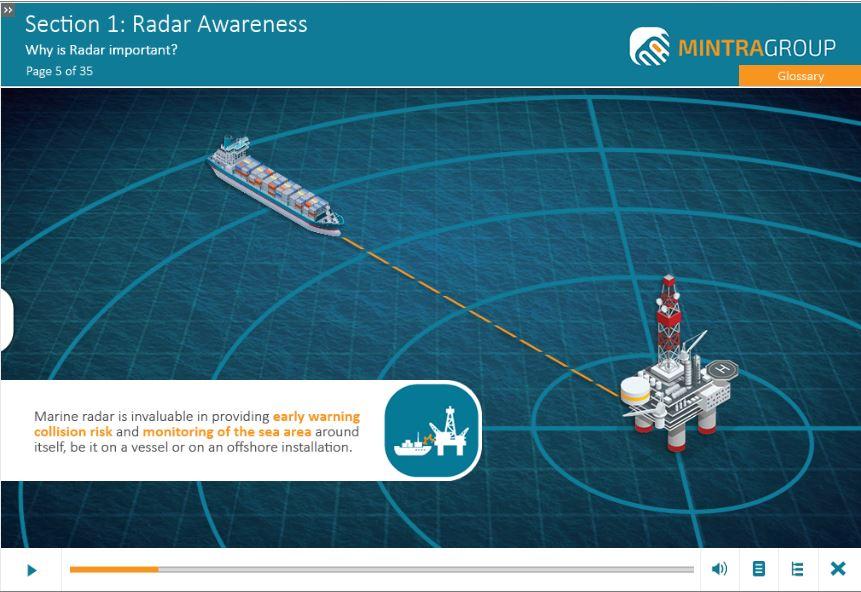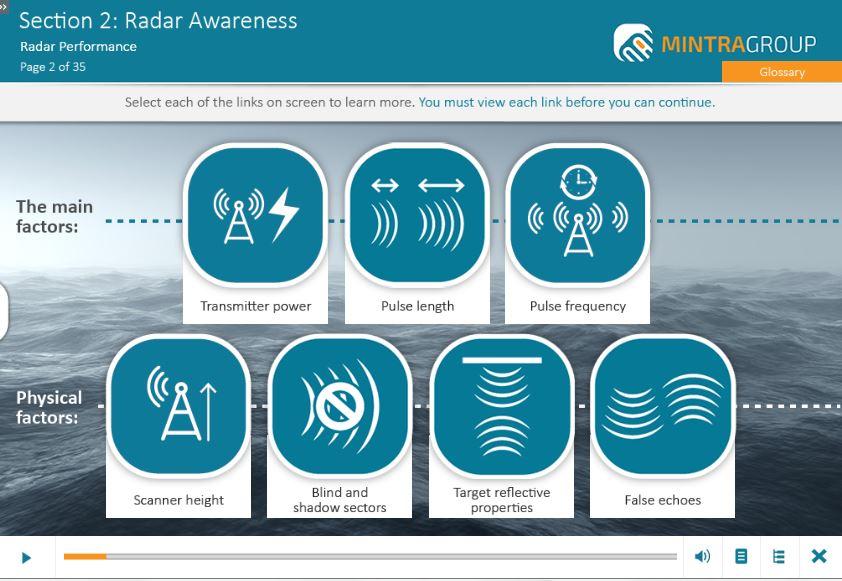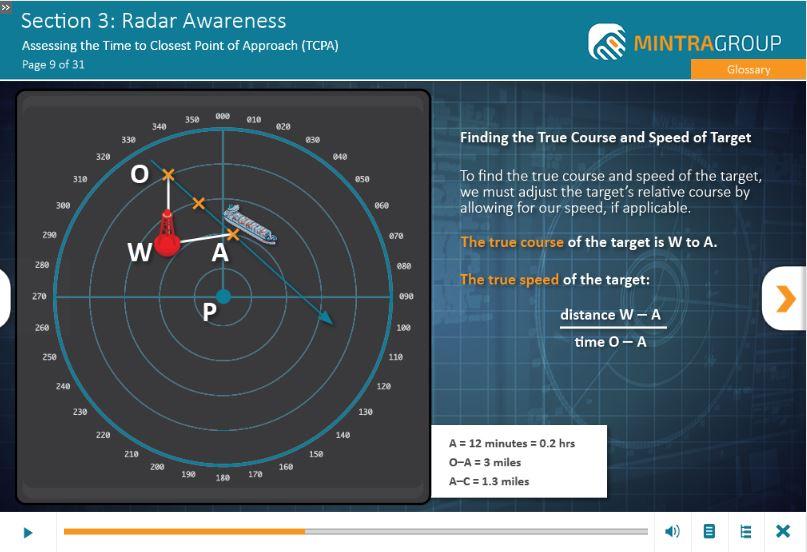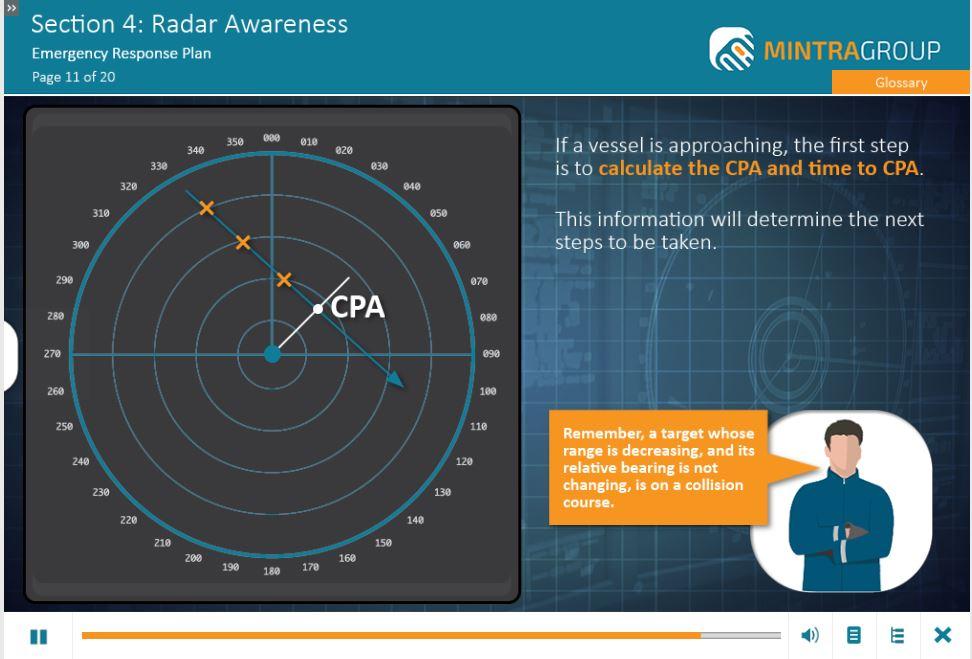Buy and assign to
multiple learners
Instant access
via email link
Instant certificate
via email
Further Information - Radar Awareness for the Oil and Gas Industry Training
Description
Who is this course for?
This Radar Awareness for the Oil and Gas Industry Training course is suitable for Offshore Marine Technicians
Is previous experience required?
You do not need prior knowledge or experience to complete this course and it is assumed that you are competent in your designated role
How will this course benefit me?
This course provides an introduction to radar systems and their use within the Oil and Gas Industry.
How will this course benefit my company?
By ensuring you are aware of the how phase behaviour and multiphase flow regimes can impact on hydrocarbon delivery.
What standards are referred to in this course?
N/A
Is there an assessment?
Once you have completed the course, you will be asked a series of questions to check your knowledge and understanding. These are based on the learning objectives for the course and have a pass mark of 80%.
Learning Objectives
• Identify the purpose and use of radar systems
• Describe how a radar system works
• Describe the different elements in a typical radar system
• Summarise the steps involved in setting up performance controls to maintain an optimum radar picture
• Describe how to detect a target
• Explain how radar information can be limited by varied physical and meteorological conditions
• Explain how to use a radar system for collision avoidance
• Identify how to assess closest point of approach information (CPA)
• Identify how to assess the time to closest point of approach (TCPA)
• Describe automatic radar plotting aid (ARPA)
• Describe the purpose of the automatic identification system (AIS) and explain its benefits and limitations
• Describe how to conduct an effective radar watch
• Explain the emergency response actions required if a vessel is approaching with a low closest point of approach (CPA) and the importance of assessing the time to closest point of approach (TCPA)
Assessment
Exam
System Requirements
• Internet access - users will need a device with a web browser and internet connection
• System - runs on computers, tablets and mobile devices using Windows 7 and above and MAC OS devices running IOS 11 and above
• Browsers - Edge, Chrome, Firefox and Safari
• Minimum browser size – none
• Audio – requires device speaker or headphones
Reviews
Insights & News
At Mintra, we're so much more than just a team—we're a force driving innovation and excellence in maritime training across Europe.
We’re excited to be taking the stage at one of Europe’s leading showcases of organisational learning.
We are delighted to share the exciting news that our People and Culture team has been shortlisted for the prestigious cHeRries Awards!
